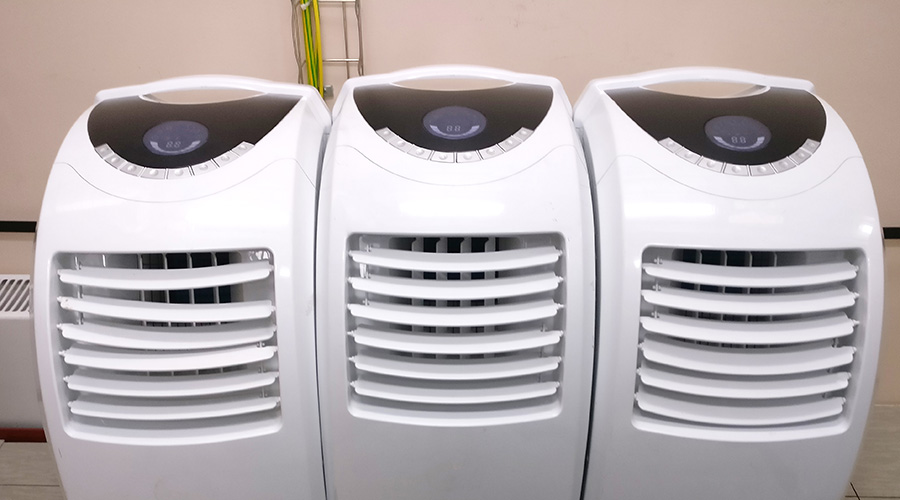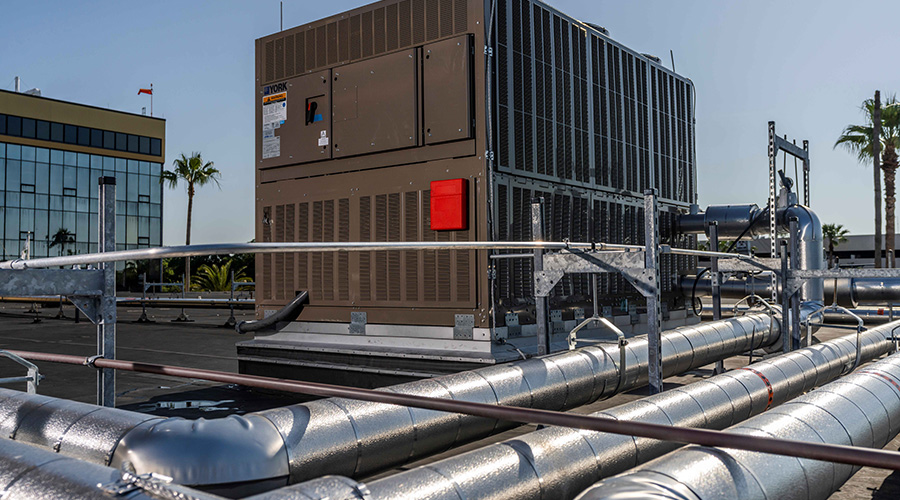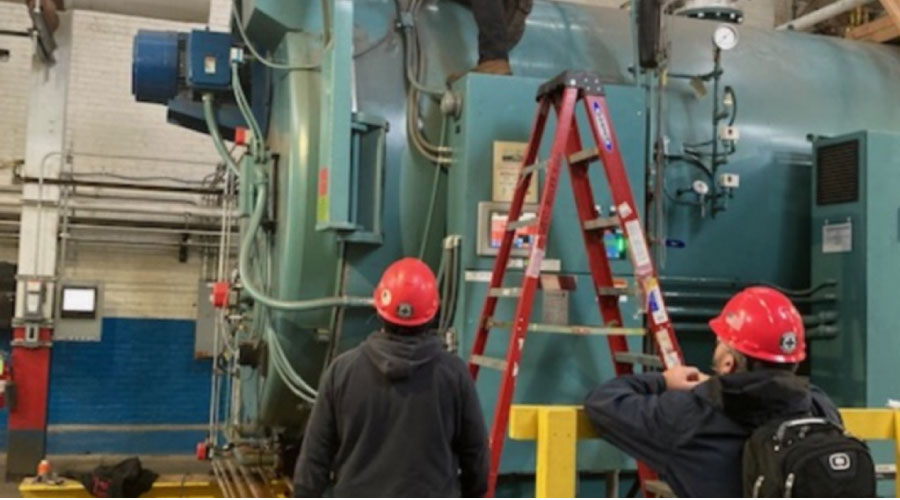HVAC Equipment: Third-Party Certification Ensures Efficiency
Premium energy-efficiency products typically carry a premium price, so how do managers know the premium they are paying for a system or component with a higher rating really is more efficient? How do they know they are getting their money’s worth.
To help managers evaluate different HVAC systems and components, the certification program from the Air Conditioning, Heating, and Refrigeration Institute (AHRI) and the U.S. Environmental Protection Agency’s Energy Star program, for example, are designed to ensure products meet specific performance and energy-efficiency criteria.
AHRI has developed and published a series of test procedures in rating HVAC system and components. Manufacturers submit products to independent testing facilities that perform specified test procedures under strict operating conditions to evaluate performance.
The testing agency then certifies that performance to meet an established standard. The agency applies the certification trademark only when the product has successfully demonstrated it meets the manufacturer’s performance claims.
Organizations have developed certification programs for a range of common HVAC systems and components, including chillers, cooling tower, boilers, air-handling units, fan systems, water heaters, and refrigeration equipment. While the processes look at different parameters for different types of equipment, such as capacity, flow rate, energy efficiency, vibrations, and noise levels, they are designed to provide managers with the information they need to make meaningful comparisons between different products.
The agency selects products for certification testing at random from the manufacturer. If the product fails to meet the manufacturer’s published performance rating during the extensive testing, the manufacturer must re-rate the product, modify it, or cease production. Those products that meet the published performance rating become certified, and AHRI lists them in its directory.
Product certification is not the same thing as product rating. Any manufacturer can state its product meets the requirements of a particular standard or rating. But to be certified, the product must undergo independent testing according to the published testing procedure. Certification provides managers with a higher level of confidence that the published performance figures for that product are accurate, realistic, and verified.
Related Topics:
















